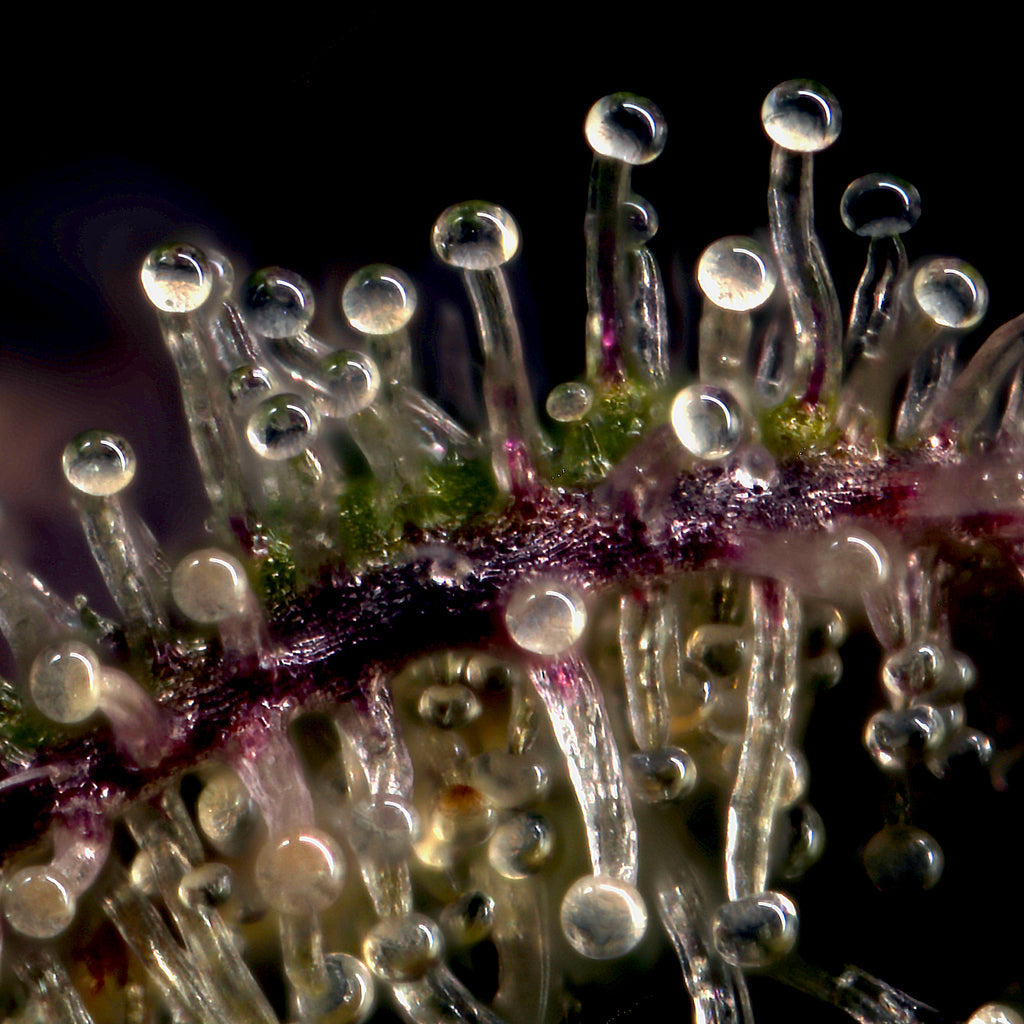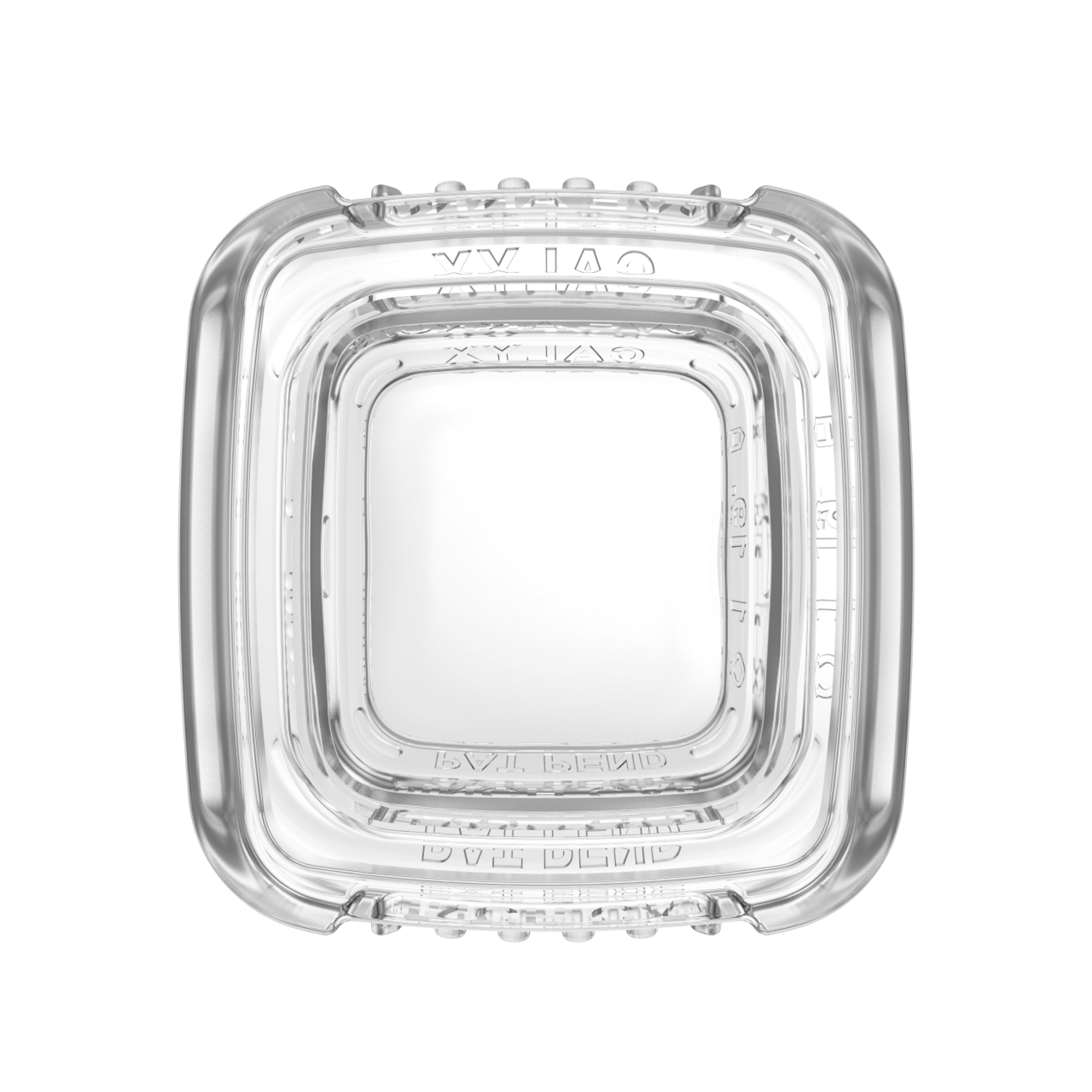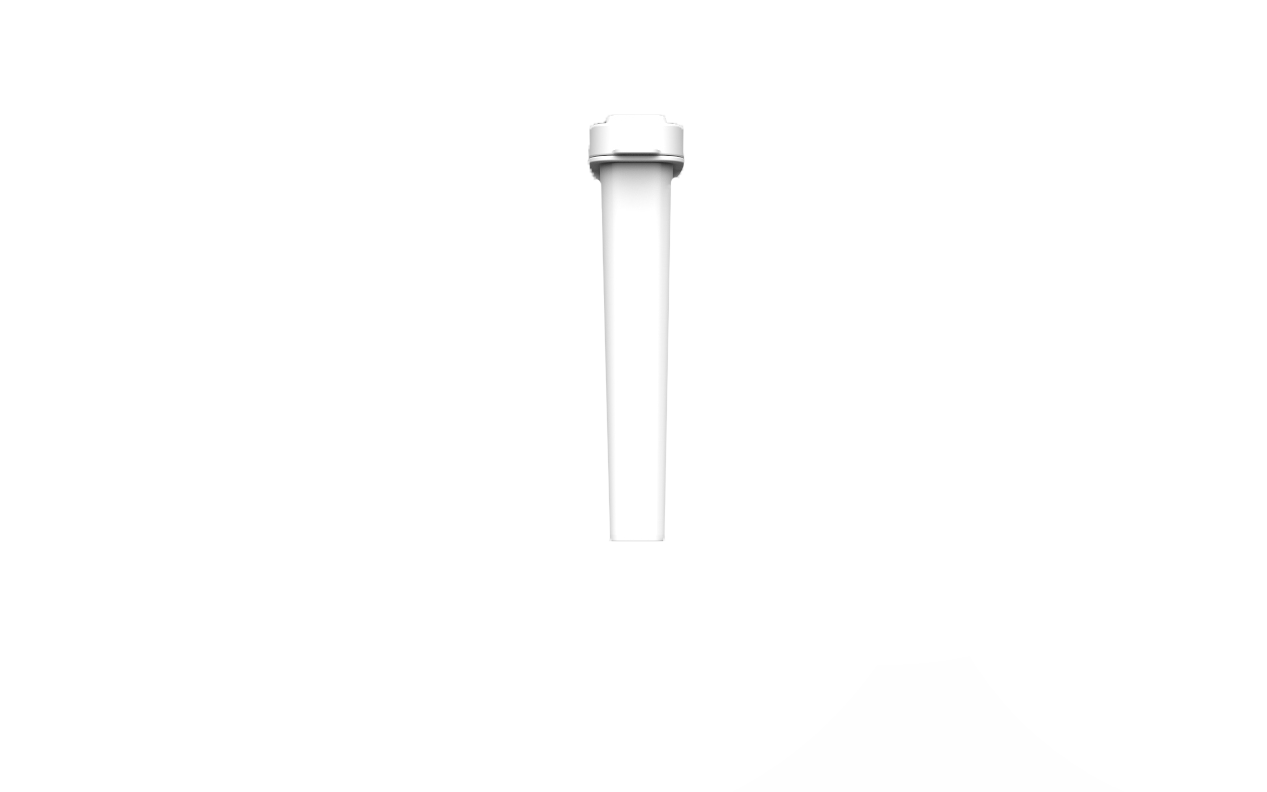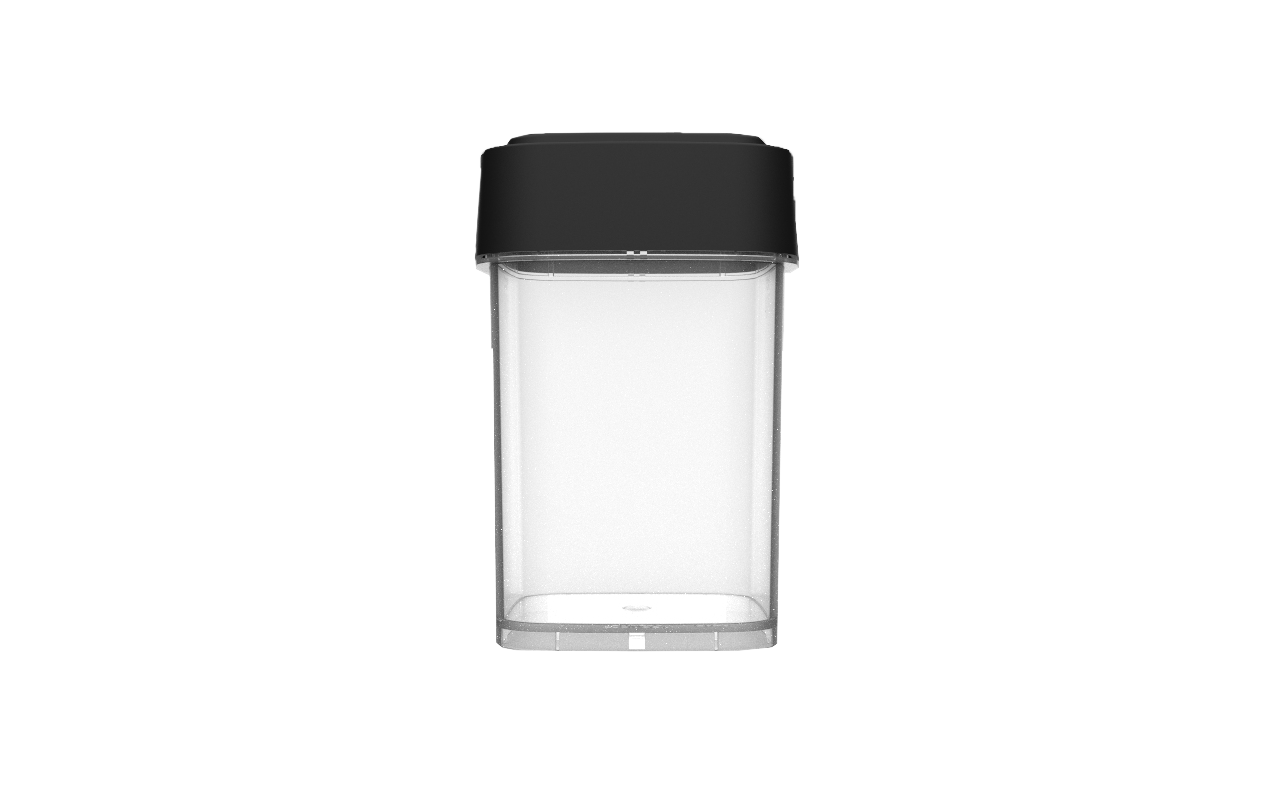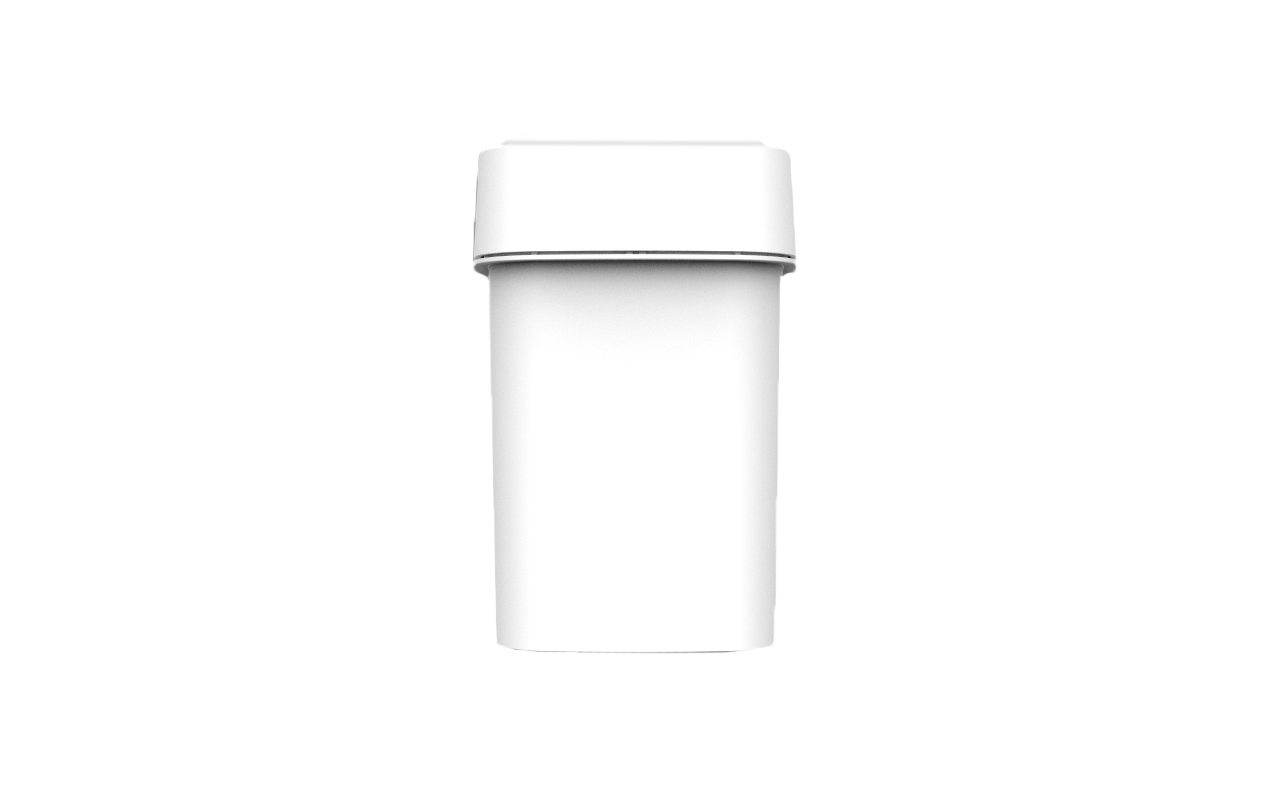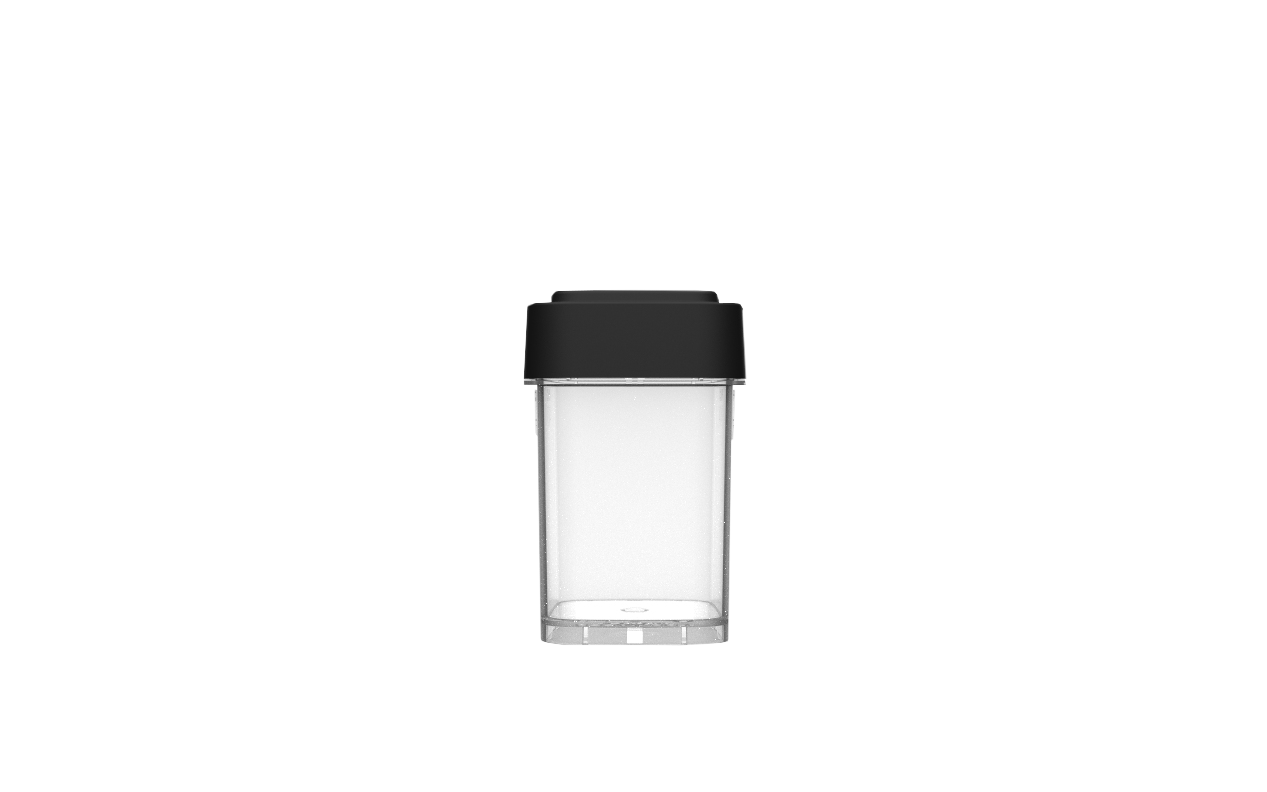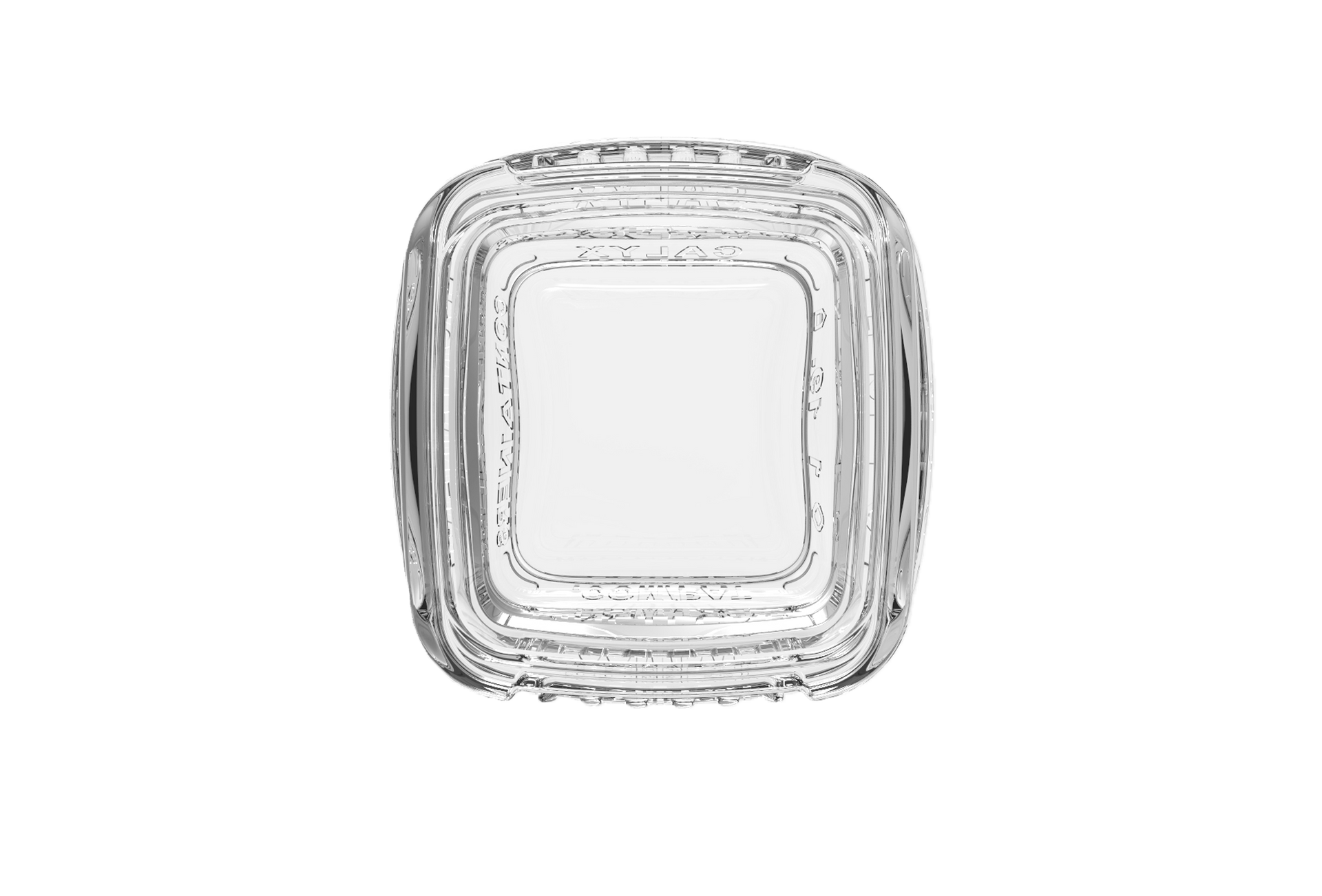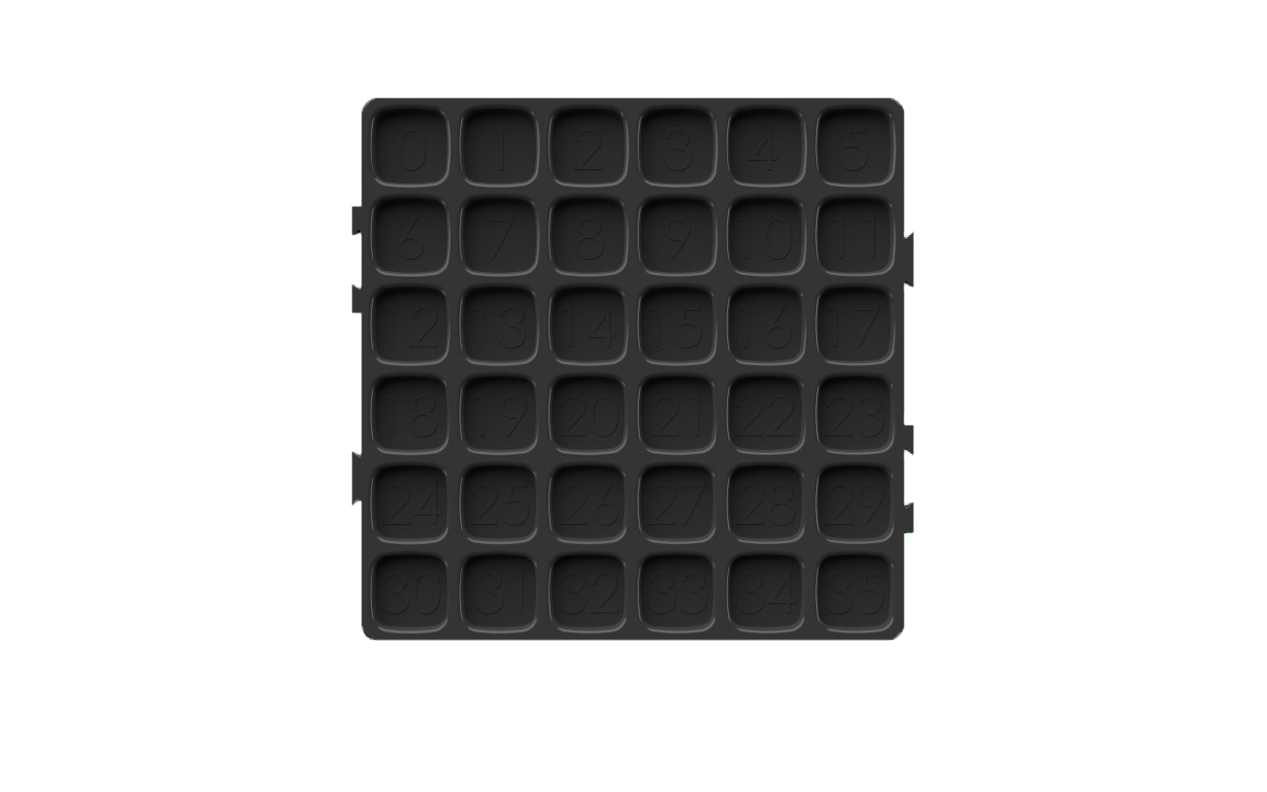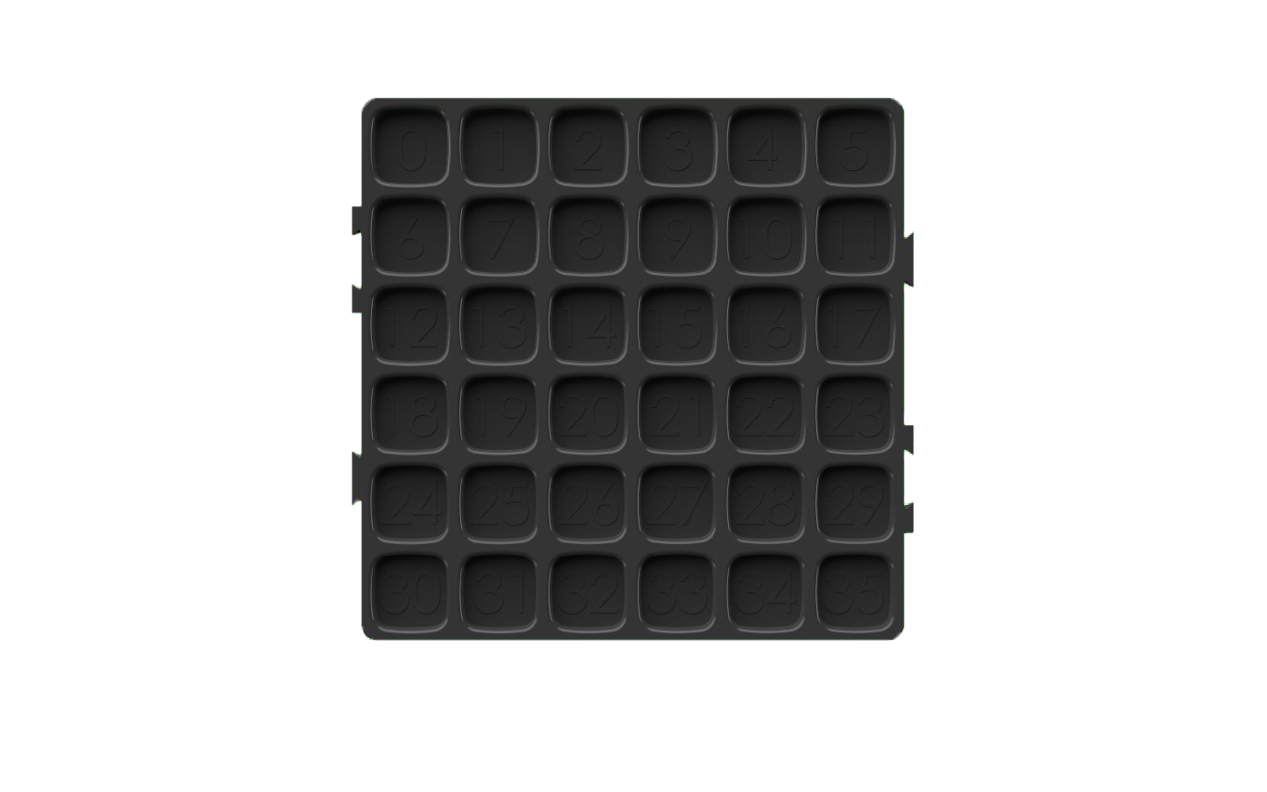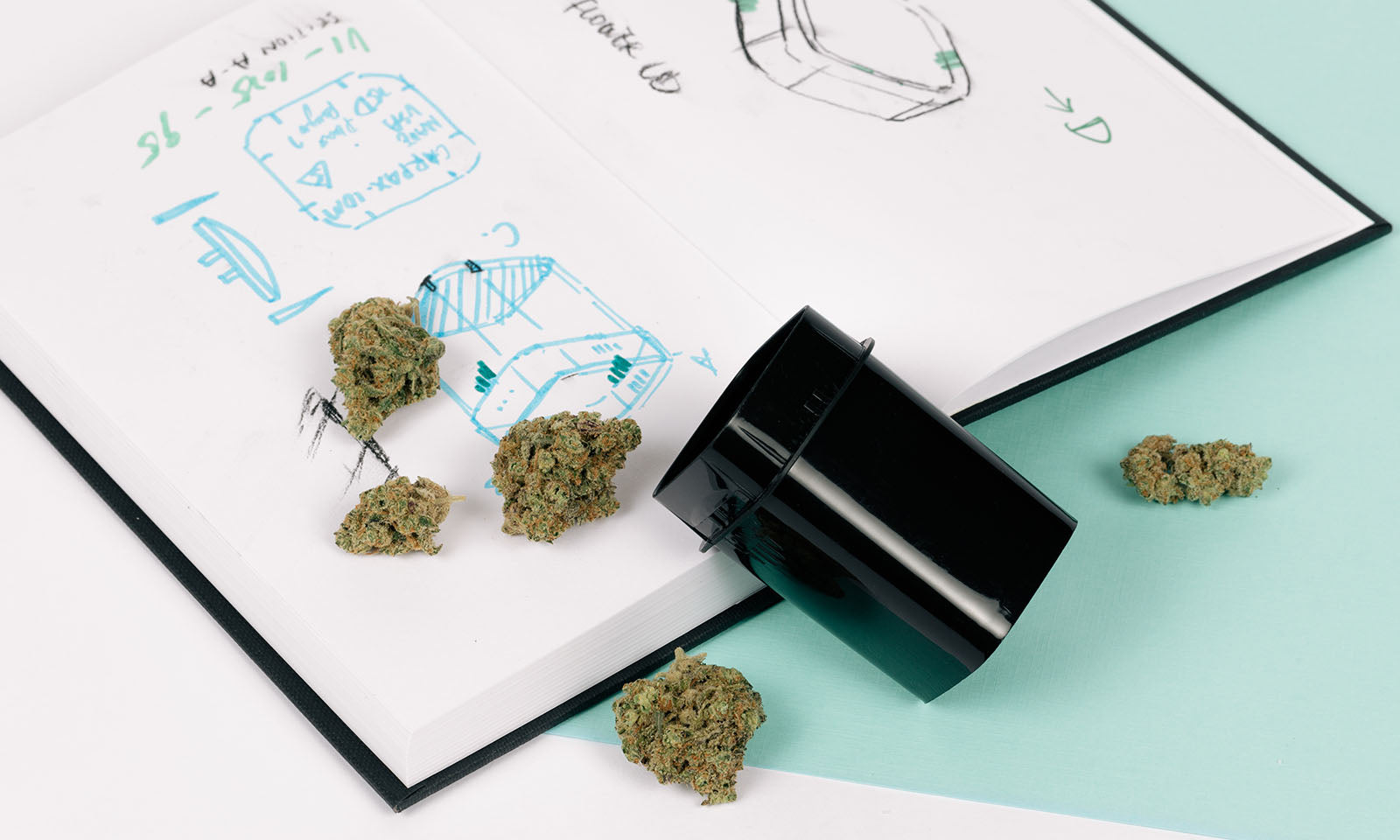Cannabis curing is a critical post-harvest process that affects everything from flavor and aroma to potency and shelf life. One key aspect of this process that often flies under the radar is moisture redistribution—a natural and essential shift that occurs during cannabis curing. Whether you're new to cultivation or refining your techniques, understanding relative humidity during cannabis curing can take your end product to the next level.
What Is Moisture Redistribution?
After cannabis is harvested and dried, the buds aren’t uniformly dry. While the outer layers may feel crisp, the inner portions still retain moisture. Moisture redistribution refers to the movement of that internal moisture outward over time. This is what gives buds a consistent texture and prevents overdrying, which can degrade cannabinoids and terpenes.
This process occurs naturally during cannabis curing and requires the right environmental conditions—especially the correct relative humidity (RH)—to happen gradually and evenly.
Why Relative Humidity Matters During Cannabis Curing
Relative humidity during cannabis curing plays a pivotal role in controlling how moisture moves within the flower. If RH is too low, buds will dry too fast and become brittle, damaging essential oils and aroma compounds. Too high, and you risk mold or bacterial growth.
The ideal range for relative humidity during cannabis curing is between 55% and 65%, depending on the specific strain and desired outcome. At this level, moisture can be redistributed evenly without compromising quality or safety.
What Happens When You Get It Right?
When cannabis curing occurs at the right relative humidity:
- Internal moisture is gently drawn outward without shocking the bud structure
- Terpenes and cannabinoids are preserved
- The flower achieves an even consistency—neither too wet nor too dry
- Flavor, aroma, and burn quality improve dramatically
- The shelf life of the product extends
This stage sets the foundation for premium cannabis, whether you’re growing at home or producing commercially.
Final Thoughts
Moisture redistribution might sound technical, but it’s a simple and natural part of what happens during cannabis curing—if you give the process time and the right conditions. Many cultivators rely on purpose-built solutions like Calyx Cure to maintain optimal RH and support a smooth, mold-free cure.
Stay tuned for more tips and education on cannabis curing, best practices, and how to elevate your post-harvest process.
